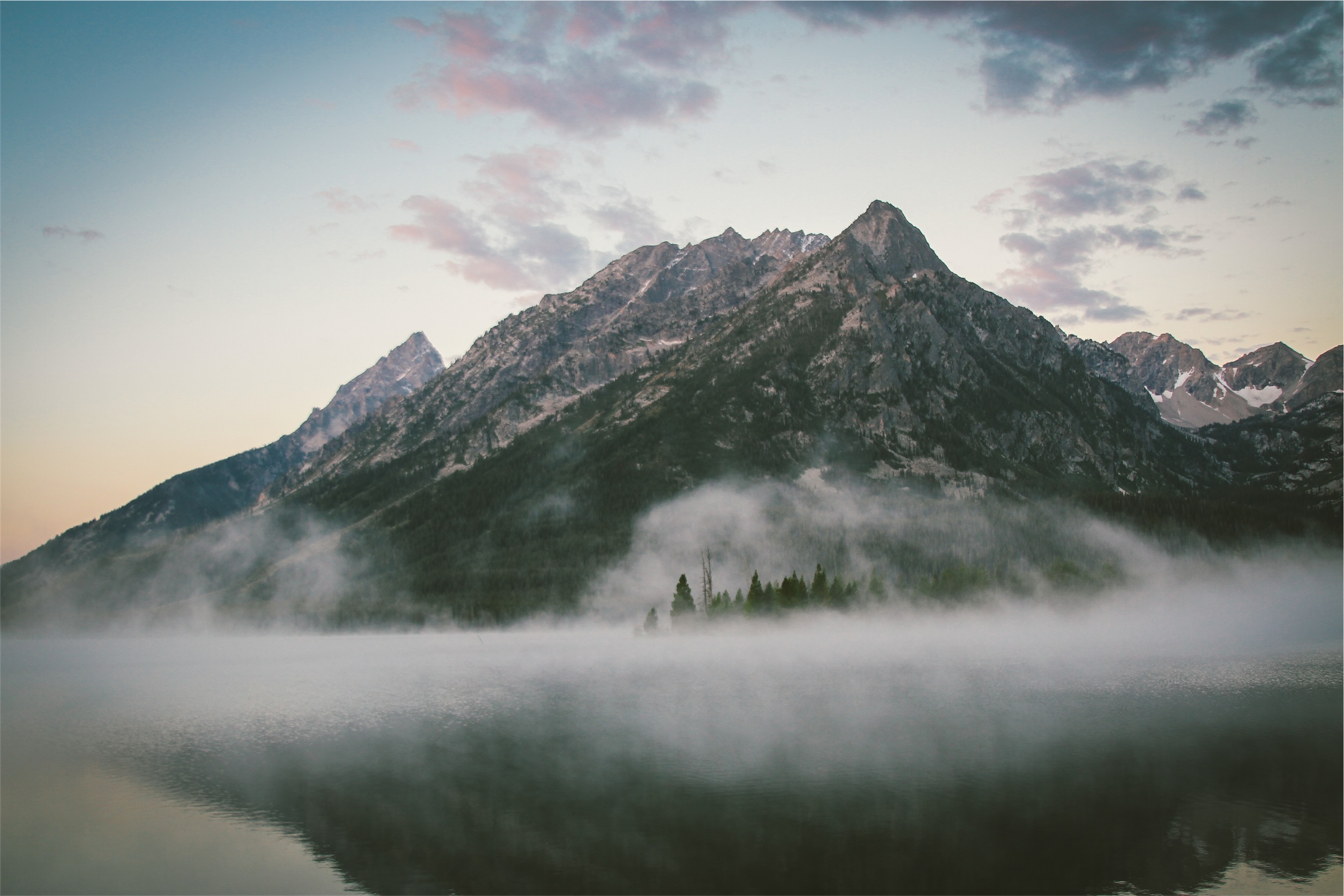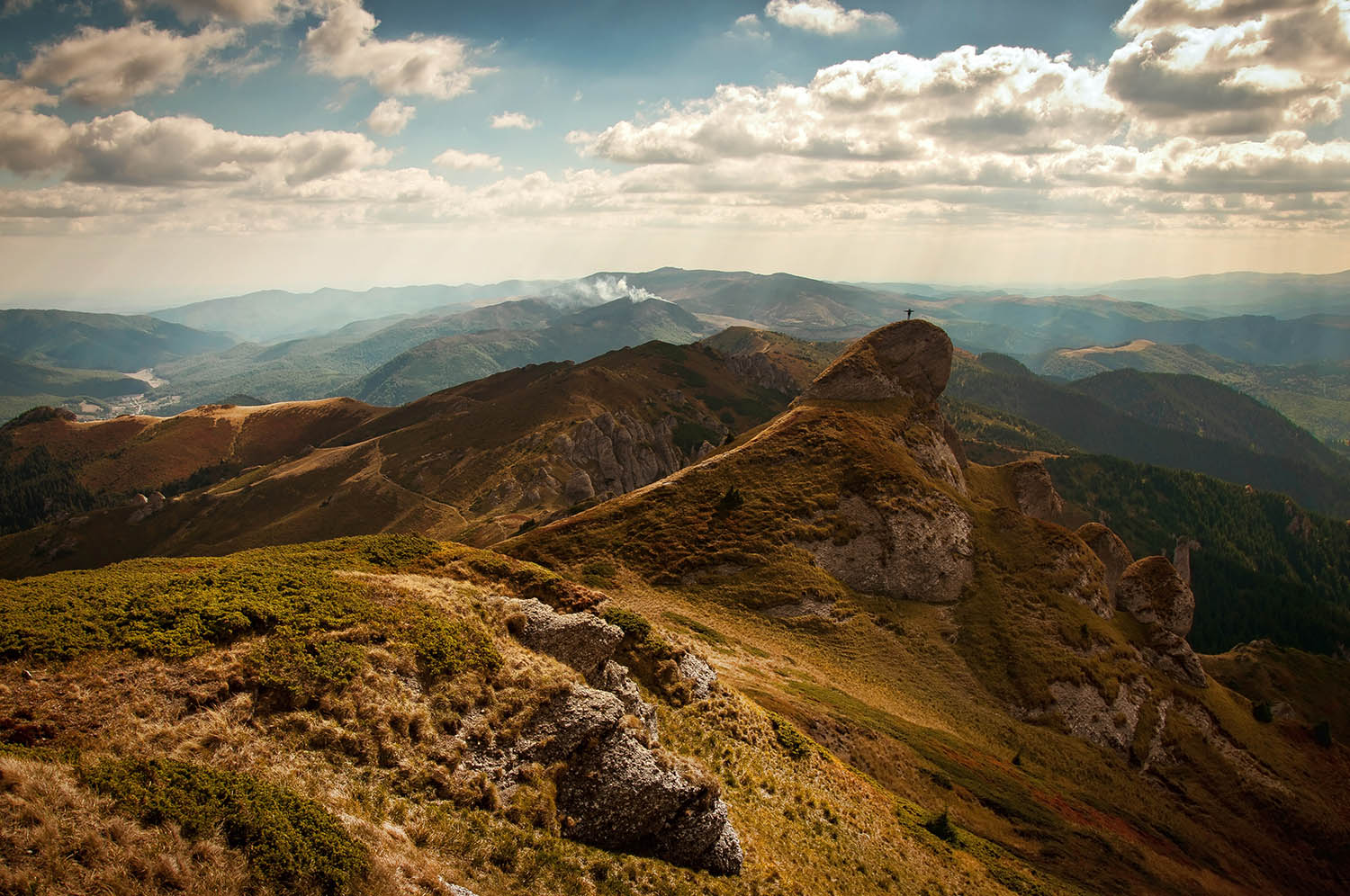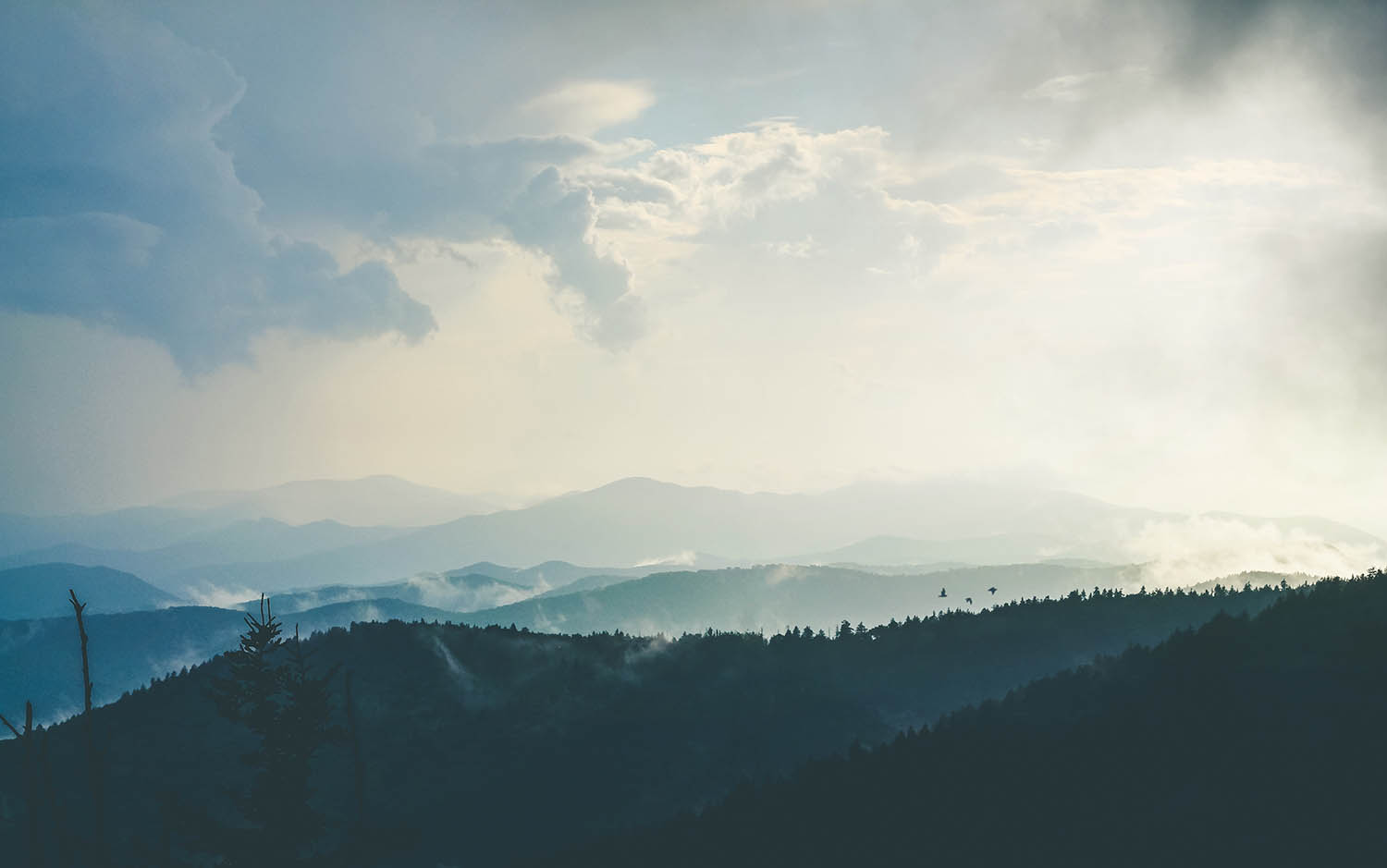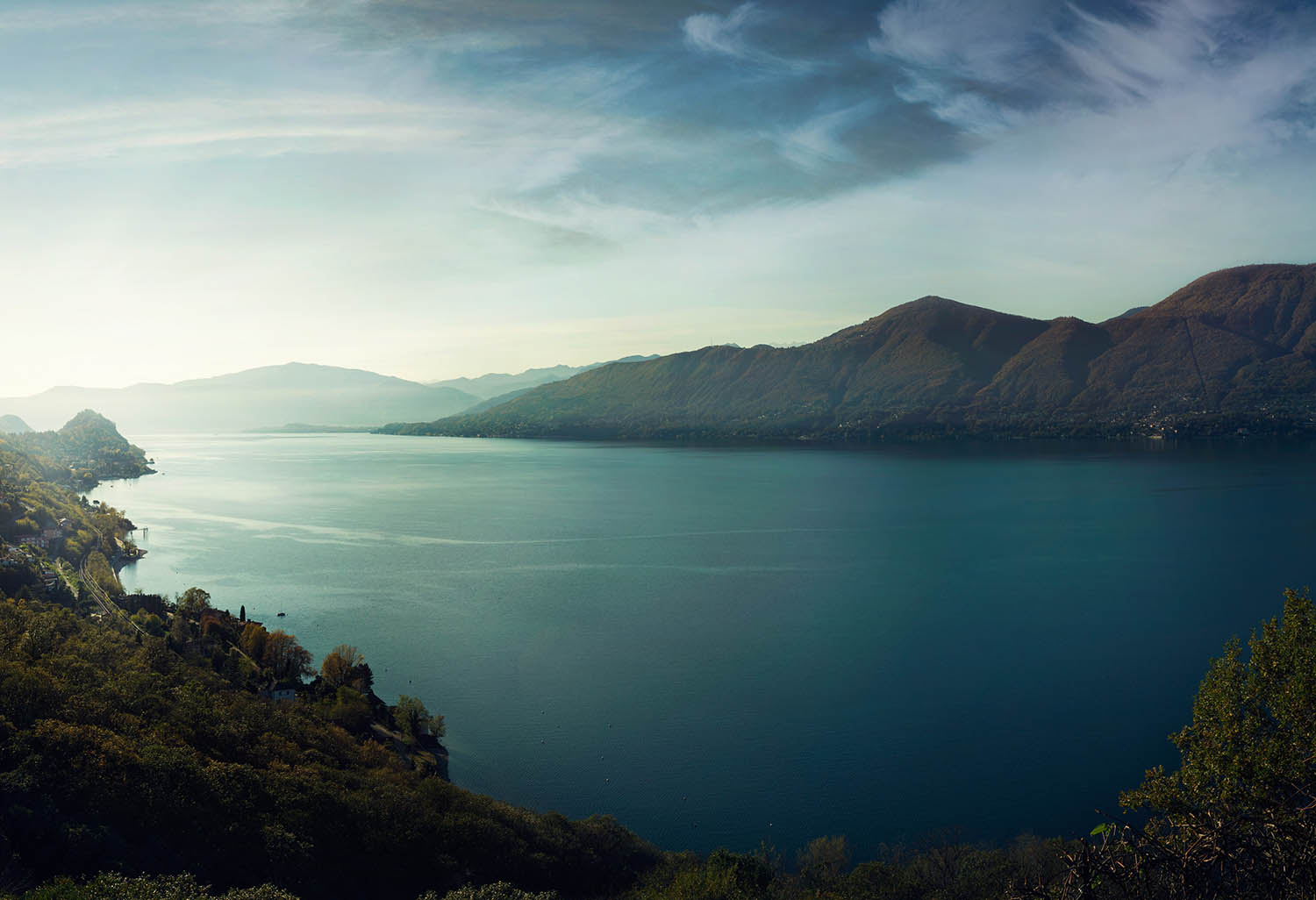The Gorgeous Ghats of Varanasi
Varanasi presents a unique combination of metaphysical and natural elements. The ghats of Ganga Maa are perhaps the holiest spots of Varanasi. The Ganga Ghats are always full of pilgrims who flock to the place to take a dip in the holy Ganges, which is believed to absolve one from all sins.
There are number of temples on the bank of the Ganga river in Varanasi. For thousands of years people have been thronging these Ghats to offer their morning prayers to the rising sun. There are more than 100 Ghats along side Ganga Maa in Varanasi. Some of the prominent and popular Ghats are the Dasaswamedh Ghat, Manikarnika Ghat, Harischandra Ghat, Tulsi Ghat and Assi Ghat.
There are number of temples on the bank of the Ganga river in Varanasi. For thousands of years people have been thronging these Ghats to offer their morning prayers to the rising sun. There are more than 100 Ghats along side Ganga Maa in Varanasi. Some of the prominent and popular Ghats are the Dasaswamedh Ghat, Manikarnika Ghat, Harischandra Ghat, Tulsi Ghat and Assi Ghat.
Assi Ghat

Situated at the confluence of Ganga and Asi rivers, Asi Ghat is the southernmost Ghat in Varanasi, where pilgrims bathe before paying their homage to Lord Shiva in the form of huge lingam situated under a peepal tree. Assi Ghat also constitutes the southern end of conventional city. Another lingam worshipped here is the Asisangameshwar lingam representing the lord of confluence of the Asi, enshrined in a small marble temple near the Assi Ghat. It was at Asi Ghat where the famous Indian poet saint, Tulsi Das composed the much-celebrated Ramcharitmanas.
Dasaswamedh Ghat

Dasaswamedh Ghat is one of the most important Ghats of Varanasi. Dasaswamedh literally means the Ghat (river front) of ten sacrificed horses. According to legends ten horses were sacrificed by Lord Brahma to allow Lord Shiva to return from a period of banishment. In spite of the fact that Dasaswamedh is one of the oldest Ghats of Varanasi, dating back to many thousand years, the Ghat has remained unspoilt and clean.
Dasaswamedh provides a beautiful and colorful riverfront view. A large number of Sadhus can be seen performing religious rites on this Ghat. Devotees must not miss the opportunity of visiting the Dasaswamedh Ghat in the evening when after Aarti, thousands of earthen lamps are immersed in the waters of the holy Ganges and the floating lamps give an exquisite look to the river at dusk.
Dasaswamedh provides a beautiful and colorful riverfront view. A large number of Sadhus can be seen performing religious rites on this Ghat. Devotees must not miss the opportunity of visiting the Dasaswamedh Ghat in the evening when after Aarti, thousands of earthen lamps are immersed in the waters of the holy Ganges and the floating lamps give an exquisite look to the river at dusk.
Tulsi Ghat

Tulsi Ghat is another important Ghat of Varanasi. Tulsi Ghat is named after the great Hindu poet of the 16th century, Tulsidas. Tulsi Ghat is an important window into the Hindu mythology. Tulsi Das composed the great Indian epic, Ramcharitmanas at Varanasi. According to mythology, when Tulsi's manuscript fell into the River Ganga it did not sink and kept floating instead. It is also believed that the Ramlila (story of Lord Rama's life) was staged here for the first time. Perhaps, to commemorate this, a temple of Lord Ram was built on the Tulsi Ghat. Many of the relics of Tulsi Das are preserved at the Tulsi Ghat. The house in which Tulsidas died has been preserved and his samadhi, wooden clogs, pillow and the idol of Hanuman, which Tulsi worshipped, are all still intact here.

Harish Chandra Ghat

Harish Chandra Ghat is one of the oldest Ghats of Varanasi. It is named after a mythological King Harish Chandra, who once worked at the cremation ground here for the perseverance of truth and charity. It is believed that the Gods rewarded him for his resolve, charity and truthfulness and restored his lost throne and his dead son to him. Harish Chandra Ghat is one of the two cremation Ghats (the other being Manikarnika Ghat) and is some times referred as Adi Manikarnika (the original creation ground). Hindus from distant places bring the dead bodies of their near and dear ones to the Harish Chandra Ghat for cremation. In Hindu mythology it is believed that if a person is cremated at the Harish Chandra Ghat, that person gets salvation or "moksha". The Harish Chandra Ghat was somewhat modernized in late 1980s, when an electric crematorium was opened here.
Manikarnika Ghat

Manikarnika Ghat is the main cremation Ghat of Varanasi.
Manikarnika Ghat is one of the oldest and most sacred Ghats in Varanasi.
According to Hindu mythology, being burned here provides an instant gateway to liberation from the cycle of births and rebirths. Lying at the center of the five tirthas, Manikarnika Ghat symbolizes both creation and destruction.
At Manikarnika Ghat, the mortal remains are consigned to flames with the prayers that the souls rest in eternal peace. There is a sacred well at the Manikarnika Ghat, called the Manikarnika Kund. Manikarnika Kund is said to be dug by Lord Vishnu at the time of creation while the hot ashes makes one remember the inevitable destruction of everything in the world.
Manikarnika Ghat is one of the oldest and most sacred Ghats in Varanasi.
According to Hindu mythology, being burned here provides an instant gateway to liberation from the cycle of births and rebirths. Lying at the center of the five tirthas, Manikarnika Ghat symbolizes both creation and destruction.
At Manikarnika Ghat, the mortal remains are consigned to flames with the prayers that the souls rest in eternal peace. There is a sacred well at the Manikarnika Ghat, called the Manikarnika Kund. Manikarnika Kund is said to be dug by Lord Vishnu at the time of creation while the hot ashes makes one remember the inevitable destruction of everything in the world.
